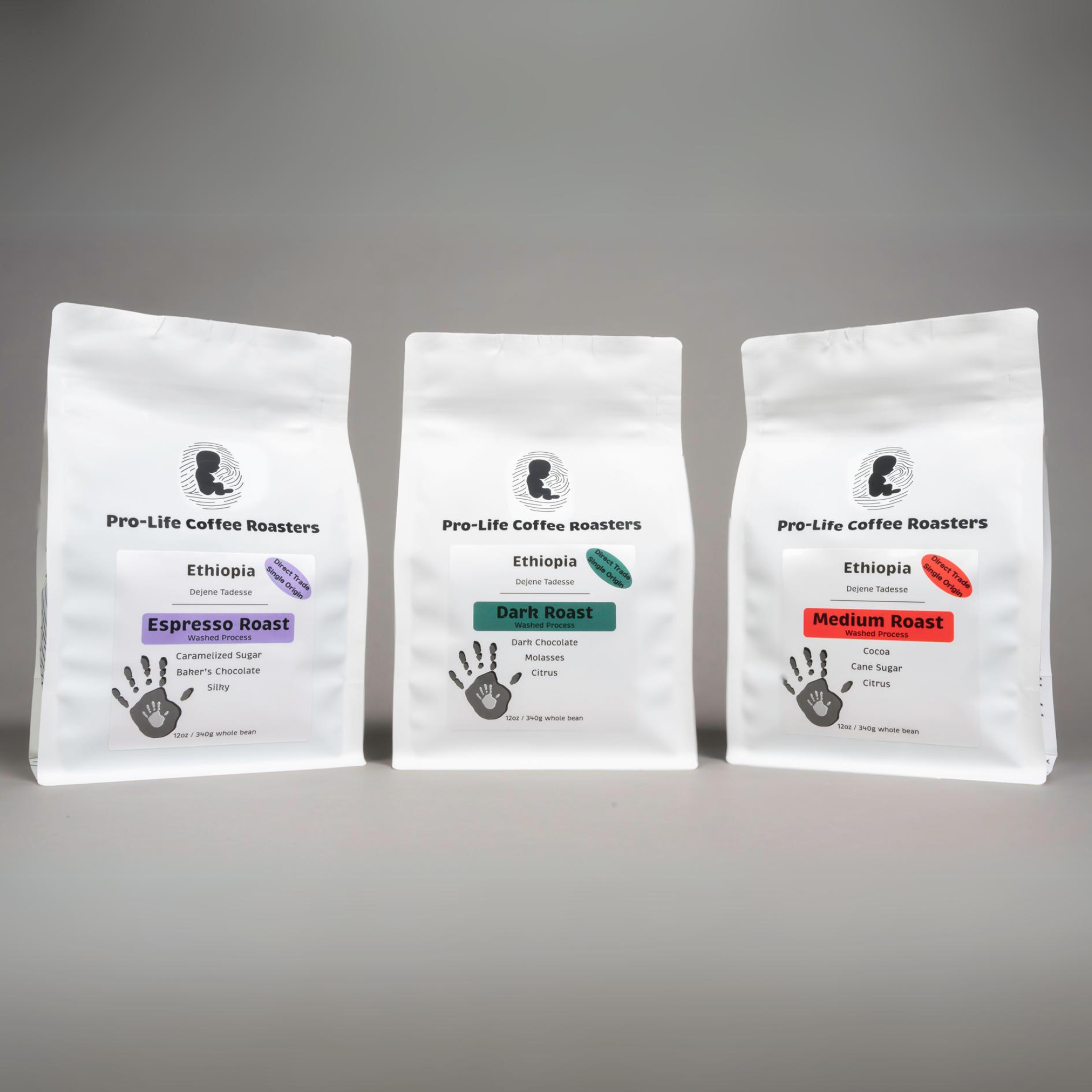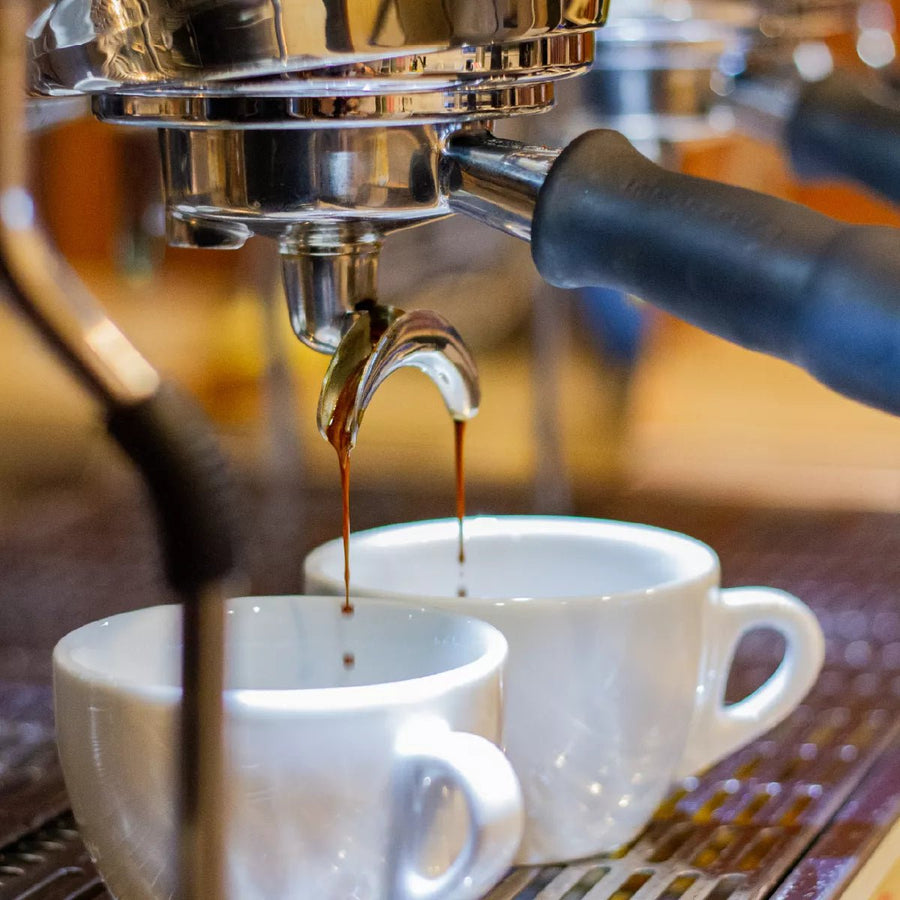Why SOE Single Origin Espresso Is Popular Among Baristas
Why SOE Single Origin Espresso Is Popular Among Baristas
Blog Article
Coffee Beans 101: Every Little Thing You Required to Learn About Espresso and Blended Coffee Beans
When it comes to coffee, understanding the nuances of coffee and blended beans can change your everyday cup. You'll discover the distinctive features of Arabica and Robusta beans, and how each effects flavor and high levels of caffeine web content. From the expanding process to roasting methods, every step contributes in your coffee experience. What makes the perfect brew? Let's check out the essential components that add to an extraordinary mug of coffee.
Comprehending Coffee Beans: Kinds and Ranges
When diving into the world of coffee, comprehending the types and selections of coffee beans is necessary for every single lover. You'll primarily come across 2 primary types: Arabica and Robusta. Arabica beans are understood for their smooth, intricate flavors and lower high levels of caffeine material, making them a favored amongst coffee connoisseurs. On the other hand, Robusta beans load a strike with a stronger, extra bitter preference and greater caffeine degrees, typically used in coffee blends.
Within these varieties, you'll locate different local ranges, each bringing distinct qualities. Ethiopian Yirgacheffe uses bright flower notes, while Colombian beans provide a well-balanced taste profile. As you discover, remember to take note of processing methods like cleaned or all-natural, as they can substantially influence the last taste. By acquainting yourself with these beans and their tastes, you'll raise your coffee experience and make more enlightened options in your developing trip.
The Growing Refine: From Seed to Bean
When you check out the trip of coffee, everything begins with seed option methods that set the foundation for quality. From there, cultivation and gathering play crucial duties in making sure the beans grow. Processing approaches change those gathered cherries right into the coffee beans you love.
Seed Selection Methods
Picking the right seeds is important for producing high-quality coffee beans, as it lays the structure for the whole growing procedure. Pay interest to the seed's age and storage problems, as fresh seeds tend to germinate better. Take into consideration the condition resistance of various selections, as this can significantly influence your return.
Cultivation and Harvesting
As you support your coffee seeds right into flourishing plants, understanding the growing and harvesting process is crucial for attaining the most effective flavor and quality. Beginning by growing your seeds in well-draining soil, preferably in a shaded area to safeguard them from straight sunshine. As your plants expand, keep regular wetness, and bear in mind their need for nutrients. Prune frequently to advertise air flow and healthy growth.
When it comes time to harvest, search for ripe cherries, which generally turn a lively red. Hand-picking is commonly the best technique to guarantee just the ripest cherries are selected. Timing is important; gathering too late or also early can influence the flavor profile of your beans. Embrace persistence and treatment, as this is where quality begins.

Processing Methods Explained
As soon as you've collected your coffee cherries, the following vital step is processing them to transform those dynamic fruits right into the beans you'll make. There are two major techniques: the damp procedure and the dry procedure. In the dry procedure, you spread out the cherries out in the sunlight to dry, permitting the fruit to ferment and present special tastes to the beans. On the other hand, the damp process involves getting rid of the fruit right away and fermenting the beans in water, causing a cleaner preference. After handling, the beans are hulled, sorted, and usually dried once more. Each method impacts the taste profile, so trying out both can aid you find your favorite brew. Recognizing these approaches is essential to appreciating your coffee experience.
Toasting Strategies: How Flavor Is Created
When it concerns roasting coffee beans, recognizing roast levels is key to revealing their special tastes. Each toasting method impacts the scent and enhances the flavor advancement process, offering you a richer coffee experience. Allow's check out how these elements integrated to elevate your daily mixture.
Roast Levels Discussed
Roast degrees play a necessary function in shaping the flavor profile of your coffee. You'll take pleasure in intense level of acidity and fruity notes when you select a light roast. As you relocate to a medium roast, you'll observe a balance of sweetness and intricacy, frequently highlighting chocolate or sugar tastes. Dark roasts, on the other hand, supply strong, smoky features with less level of acidity, making them abundant and durable. Each level results from different roasting times and temperatures, affecting the beans' chemical structure. By comprehending these degrees, you can better pick a coffee that matches your preference preferences. Try out various roasts to discover which one resonates with you, boosting your total coffee experience and satisfaction.
Influence On Fragrance
The roast level not just affects the preference of your coffee but likewise significantly impacts its aroma. When you choose a light roast, you'll usually observe bright, floral notes that can make your coffee odor fresh and dynamic. As the beans dim, the scent shifts; a tool roast brings out extra balanced, caramelized fragrances, while a dark roast tends to feature vibrant, smoky undertones. Each roasting strategy releases different volatile compounds, shaping how your coffee smells. Additionally, the quality of the beans plays a vital role; freshly roasted coffee releases extra aromatic oils, enhancing that luring fragrance. Pay focus to the roast degree-- it's key to revealing the full fragrant experience of your mixture.
Taste Development Refine
As you check out the flavor advancement procedure, you'll discover that roasting techniques play an important duty in forming the preference profile of your coffee. The toasting temperature level and time straight influence the level of acidity, sweet taste, and anger of the beans. Light roasts retain even more of the bean's original flavors, highlighting flower and fruity notes.
Espresso vs. Blended Coffee: Trick Differences
Coffee and mixed coffee each deal special experiences that accommodate different preferences and preferences. Espresso is a concentrated coffee brewed forcibly warm water with finely-ground coffee beans, causing an abundant, strong taste and a luscious layer of crema on top. It's typically delighted in as a shot or used as a base for beverages like cappuccinos and lattes.
On the various other hand, mixed coffee combines various beans from different regions, developing an extra well balanced taste account. You'll typically find blends that highlight acidity, sweet taste, or body, making them versatile for various brewing methods. While coffee concentrates on intensity, mixed coffee might provide a broader series of flavors that can alter with each sip.
Ultimately, your option in between espresso and blended coffee boils down to your individual choice. Whether you crave a leisurely cup or a quick jolt, both options have something delicious to provide.

Brewing Methods: Unlocking the Perfect Cup
When it pertains to brewing coffee, discovering the right technique can transform your experience and boost your mug. Each brewing technique has its distinct beauty and can substantially influence your coffee's taste and aroma. For example, using a French press permits you to delight in a robust and abundant brew, while a pour-over approach supplies a tidy, brilliant cup with distinctive tastes.
If you like coffee, purchasing a quality machine can help you grasp the art of pulling shots. Additionally, for convenience, a single-serve shuck system uses rate without giving up taste.
Do not forget cold brew, which delivers a smooth, much less acidic coffee perfect for warm days. Explore various techniques to uncover what resonates with your taste buds. Each brewing technique opens a brand-new globe of possibilities, so make the effort to check out and discover your best mug. Pleased brewing!
Tasting Notes: Recognizing Taste Profiles
Just how can you absolutely value your coffee if you do not recognize what flavors to look for? Tasting notes are your guide to recognizing the complicated world of coffee. Some coffees could leave a chocolatey or caramel aftertaste, while others may have a brilliant, tidy surface.
Take into consideration the body of the coffee, too; is it ventilated and light or thick and syrupy? Do not neglect level of acidity; a bright level of acidity can add vigor, while a low acidity may offer a smoother experience. By determining these flavor accounts, you'll strengthen your connection with each cup, making coffee tasting a fascinating journey of exploration.

Tips for Picking and Keeping Coffee Beans
Storing and picking coffee beans correctly can greatly boost your brewing experience. Begin by selecting top quality beans that fit your taste - SOE.
As soon as you have your beans, save them in a closed container to stop direct exposure to air, light, and dampness. A dark, trendy location functions best, so prevent maintaining them in the fridge or freezer, as this can present moisture. Only grind the amount you require to preserve freshness; entire beans preserve taste longer than pre-ground coffee.
Lastly, attempt to use your beans within 2 to 4 weeks after opening up for peak preference. Complying with these suggestions will certainly ensure your coffee remains flavorful and satisfying, raising your everyday mixture to brand-new heights.
Regularly Asked Questions
The Length Of Time Do Coffee Beans Keep Fresh After Roasting?
Coffee beans remain fresh for about two weeks after roasting - SOE. You ought to store them in a closed container, away from light and wetness. After that, their taste and fragrance start to decrease substantially

Can I Mix Different Coffee Bean Varieties?
Definitely, you can blend various coffee bean ranges! Try out blends can boost flavors and develop an one-of-a-kind taste account. Just ensure to balance the toughness and qualities of each selection for the best outcomes.
What Is the Perfect Work Size for Espresso?
For coffee, you'll want Single Origin Espresso a fine grind dimension, concerning the texture of salt. This permits suitable removal, causing a rich, tasty shot. Experiment a little bit to locate what fits your taste best!
Just How Does Elevation Affect Coffee Bean Flavor?
Altitude affects coffee bean taste by influencing the growth rate and chemical composition. Higher elevations bring about slower growth, which boosts level of acidity and complexity, offering your coffee a vivid and distinct taste you won't neglect.
Exist Decaffeinated Versions of Espresso Beans?
Yes, there are decaffeinated versions of espresso beans. You can enjoy an abundant espresso taste without the caffeine kick. Just try to find "decaf" blends at your local coffeehouse or specialty shop.
Coffee Beans 101: Every Little Thing You Required to Know About Espresso and Blended Coffee Beans.
When diving right into the world of coffee, understanding the types and ranges of coffee beans is necessary for every lover.When it comes to toasting coffee beans, understanding roast degrees is key to exposing their distinct tastes. Espresso is a concentrated coffee brewed by requiring warm water through finely-ground coffee beans, resulting in a rich, strong flavor and a creamy layer of crema on top.On the other hand, blended coffee incorporates different beans from different areas, developing a much more well balanced taste profile.
Report this page